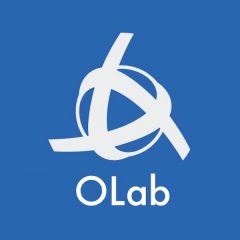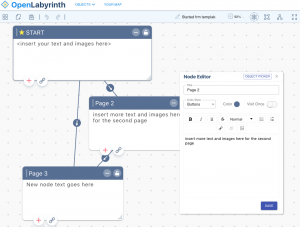Even in OLab3, it was possible to reuse some of the objects from one scenario to another, to some extent.
We have greatly extended this concept. You can create objects, such as Questions, that can easily be reused across multiple maps. We found that many authors were using objects over and over again. This is not hard with image files and fixed text. But it was not possible with Questions and Counters.
OLab4 changes that. You can set the scope of a Question or a Counter so that it is limited to a single map (like OLab3) or you can share the scope across multiple maps.
Server-level scope means that an object can be shared by any map on the same server.
Global-level scope will allow us to create a central library of objects that any author can use around the world, on any OLab4 server.
The Scoped Object concept is being extended to a number of items in the OLab4 arsenal:
- Media resources and files
- Constants (aka Elements in OLab3)
- Scripts
- Themes



